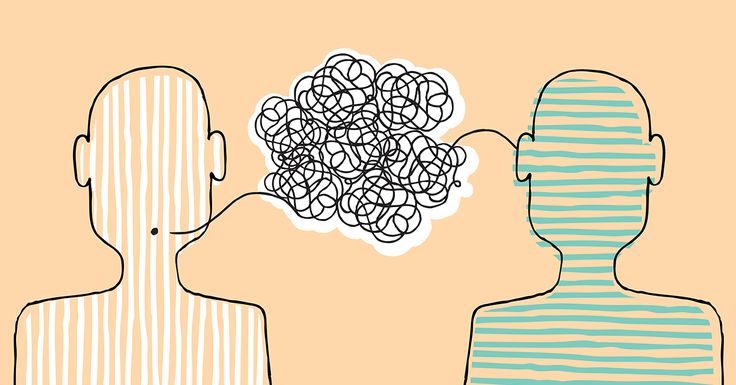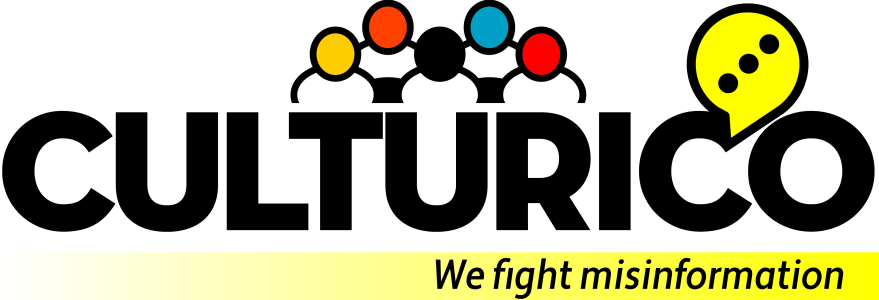When it comes to both aspiring and established democracies, our tendency to underestimate the damaging power of certainty can be dangerous. Certainty makes it possible to kill in the name of righteousness, to tear down in the name of virtue, and to demonize and dismiss people who simply disagree. The solution to this problem lies in changing how we think and communicate.
The power of certainty is easy to underestimate. And when it comes to both aspiring and established democracies, that underestimation can be downright dangerous. Certainty makes it possible to kill in the name of righteousness, to tear down in the name of virtue, and to demonize and dismiss people who simply disagree.
The collateral damage that certainty creates has been hiding in plain sight for years. It is the practically unavoidable consequence of the way it drives contempt—an accelerant for culture wars and political polarization. When it comes to heated issues, certainty leads us to view our ideological opponents as, at best, ignorant and, at worst, subhuman.
In the U.S. context, this problem has contributed to social ills ranging from a loss of trust in institutions to a breakdown in civil discourse to cancel culture. While any one of these effects would alone qualify as worrisome, they combine to threaten democracy itself.
Perhaps the single most important factor for a democracy to function is that its participants view one another as fundamentally capable of reasonable thought. This means that, if the time comes where one group has written off its opponents as either irredeemably hateful or stupid, there is a choice to be made. One option is to decide that democracy is no longer the appropriate form of governance. The other is to commit to understanding how the people who disagree came to the positions they did. Let’s assume the second choice is preferrable. Democracy, for whatever its flaws, still seems better than any available alternative.

Understanding how people came to the positions they did requires reflecting on how we got to this point in the first place. Certainty tells us that contentious issues have simple and self-evident causes and solutions; this conviction has multiple effects. When we’re certain, we fail to recognize the possibility that we’re wrong. We also fail to be clear about the principles and values that got us to our position in the first place. I call all of this the Certainty Trap.
The Certainty Trap consists of three distortions in our thinking. It starts with the Settled Question Fallacy (SQF), which can come in two forms.
One is when we treat our knowledge, especially about a complex social problem, as definitive. Claims like Gender and biology are unrelated, All inequality is the result of structural factors, and Covid vaccines are safe/harmful can all fall into this category. To be clear, making this observation is not the same thing as saying, for instance, Gender is entirely biologically determined or Structural factors don’t matter. It simply reflects a willingness to question what we know, how we know it, and ask ourselves what it would mean to be wrong.
The other form of the SQF show up in a failure to be clear about our values, principles, or goals. Let’s say I am having a conversation with someone who doesn’t think women should be allowed to drive. And let’s also say I’m not excited about this prospect. One way I might disagree is by saying, “Well, you’re obviously a raging misogynist.” If I do that, I’m probably now in an argument with this person about what it means to be a misogynist and whether he or she is one.
Yet, another way I might respond is to specify what principle for me is being violated. And that might be something like, “I think women should have equal rights under the law.” Or “I think everyone should have the right to pursue their economic potential and I think driving is a key part of that.” Avoiding the Certainty Trap means being willing to have those principles be questioned and challenged. It doesn’t, however, require me to let them go. So, the other person might say, “Well, what about the draft? Do you think women should be drafted?” If my answer is no, I should be prepared to think through the answer to the question of “Well, why not?” After all, this is precisely the kind of self-reflection that self-governance demands.
The difference between calling someone a misogynist and saying I think women should have equal rights under the law is that the first response effectively ends the conversation and the second doesn’t. If democracy is to survive and even flourish, our conversations on contentious issues need space to continue.
Once we’ve fallen into the SQF, we’re prone to two others. The first is the Fallacy of Equal Knowledge (FEK). This is the idea that what separates my view from that of my opponent is information. It leads to the belief that, if my opponent just knew what I knew, he’d agree with me. We fall into this fallacy surprisingly frequently, even though most of us intuitively know that even if we all had the same information, we still wouldn’t agree.
The second is the Fallacy of Known Intent. If the FEK fails—either because the person demonstrates a deep understanding of the topic, or because I share my knowledge with them, and they don’t change their mind—I’m probably going to draw a conclusion about their moral character or their intent. And when I do, it’s not likely to be charitable or flattering. After all, if I think the answers are obvious and easy, why would any sane person disagree?
Ultimately, the problem of certainty isn’t something that exists out there, in those people. All of us who have ever felt righteously indignant or morally outraged have been part of the problem. But we aren’t powerless to solve it.
One way to steer clear of the Certainty Trap is to simply recognize the uncertainty in the world. It can help to think of knowledge as existing on a number line that ranges from zero to one. Zero and one occupy positions of certainty. Avoiding this trap means living in the space in between. It means recognizing the categorical difference between going from 1 to 0.99 and going from 0.99 to 0.98. The first shift opens up the possibility, no matter how small, that we’re wrong.
Thinking in terms of confidence is why avoiding certainty doesn’t suddenly imply that any explanation is as good as any other. It doesn’t make the answer to questions like, Is the earth spheroid or flat? suddenly a coin toss. It does, however, open up a conversation about what counts as evidence and where on that spectrum of confidence we belong for any given claim.
The other way we can avoid the Certainty Trap is by being clear about our principles and values—remember the example of my disagreeing with someone who doesn’t believe women should be allowed to drive—and allowing those values to be questioned and challenged.
The upshot is this: By understanding the problem I’ve described we can counter it. On a final note. There are important similarities between what I’m describing and calls to, for instance, be more intellectually humble or more curious. But there’s one key difference. It turns out that most of us aren’t very good at recognizing when we lack these things. In other words, by the time we realize that we should be more intellectually humble or curious, we’re already halfway out of this trap.
Instead, we can pay attention to the sense of indignation that certainty brings. We can use that sense of outrage as a prompt to challenge and clarify our thinking. And, as we do this, we would do well to remember that agreement isn’t the goal. After all, in a functioning democracy, there will always be different points of view. While consensus may sometimes be a practical necessity, even more fundamental is the ability to live with disagreement.
Ilana Redstone




